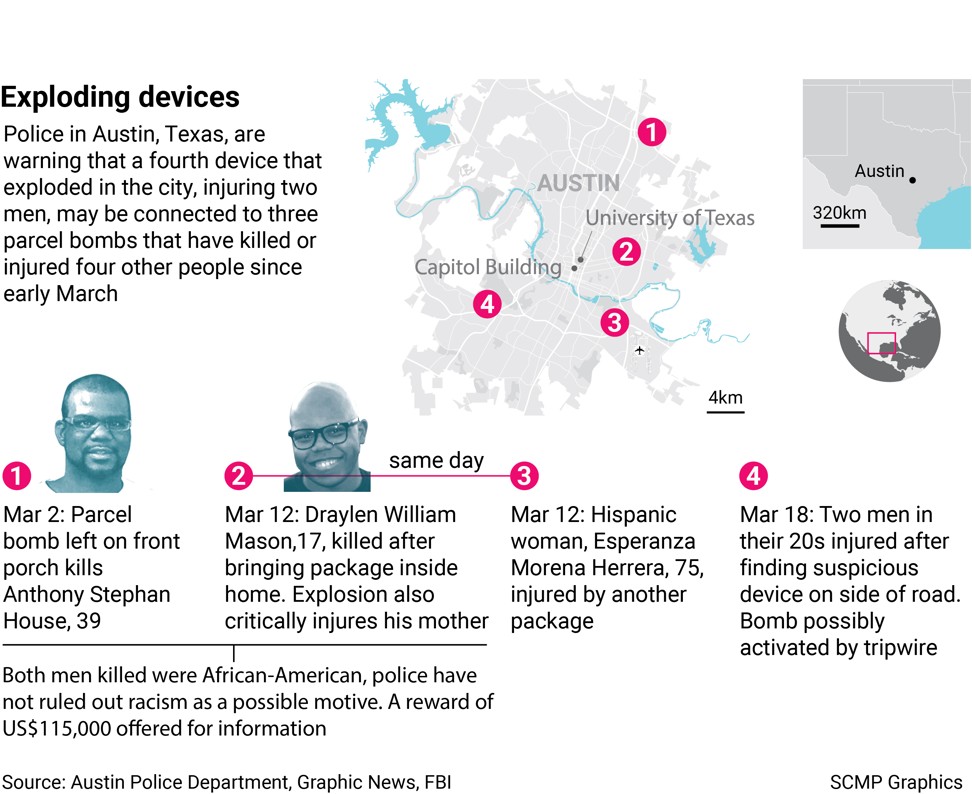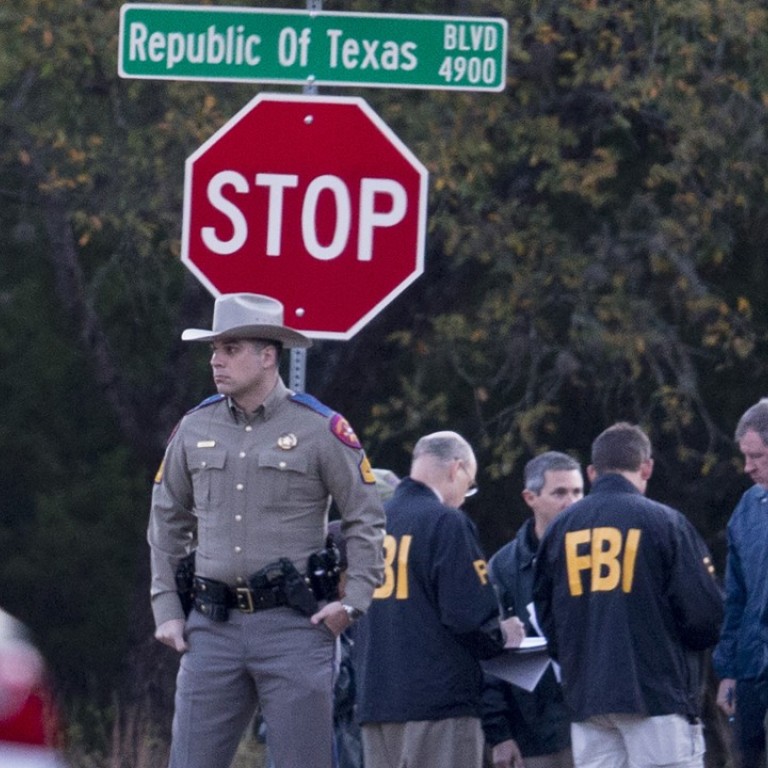
Fifth blast in Texas as police hunt for ‘serial bomber’ behind attacks that have killed two and hurt six
A task force of hundreds of members of law enforcement are working the case, including criminal profilers and experts from the FBI and the Bureau of Alcohol, Tobacco and Firearms
A home-made bomb blew up at a FedEx Corp distribution centre early on Tuesday, injuring one person, officials said, the fifth explosion in the state this month. It was bound for Austin, the site of four other bombings.
Officials did not say if they believed the device, which exploded at the FedEx facility near San Antonio, was the work of a “serial bomber” who police feared may be responsible for the four earlier devices, which killed two people and injured six others.
The first three were parcel bombs left on residential doorsteps, while the fourth on Sunday was apparently set off by a trip wire. Police warned that the latest bomb had a more sophisticated design than the others.
The package exploded shortly after midnight local time at a distribution facility in Schertz, Texas, outside San Antonio, about 105km south of Austin, the San Antonio Fire Department said on Twitter.
Agents from the FBI and the Bureau of Alcohol, Tobacco, Firearms and Explosives were on the scene and investigating, fire officials said. They did not give the address for the package.
“We are investigating it as being possibly related to our open investigation,” FBI spokeswoman Michelle Lee told the Austin American-Statesman newspaper. “We can’t know for sure until we have an opportunity to look at the evidence itself.”
The wounded employee, who was not identified, was taken to a hospital with injuries that officials described as non life-threatening. About 75 people were working at the facility at the time, fire officials said.
Hundreds of police officers and FBI agents were already hunting the mysterious bomber after a blast in the Texas state capital Austin on Sunday left two young men seriously injured and the city on edge.
We’re clearly dealing with what we expect to be a serial bomber at this point. Is this terrorism?
“We’re clearly dealing with what we expect to be a serial bomber at this point,” Austin police chief Brian Manley said.
But Manley said police have been unable to determine a motive for the bombings that have killed two people in the city of nearly one million people and injured another four.
“Is this terrorism? Is it hate-related?” Manley asked. “As we said from the very beginning, we were not willing to classify this as terrorism, as hate, because we just don’t know enough.”
But Manley said the latest bombing seriously wounded two white men aged 22 and 23 as they walked along a pavement or on the road in a quiet residential neighbourhood of southwest Austin.
He said it appeared “random” and was triggered by a tripwire.
“What we have seen now is a significant change from what appeared to be three very targeted attacks to what was last night an attack that would have hit a random victim that happened to walk by,” the police chief said.
“We’ve definitely seen a change in the method that this suspect or suspects are using.”
Manley said the use of a tripwire also means police are dealing with someone who “shows a higher level of sophistication, a higher level of skill” than initially believed.
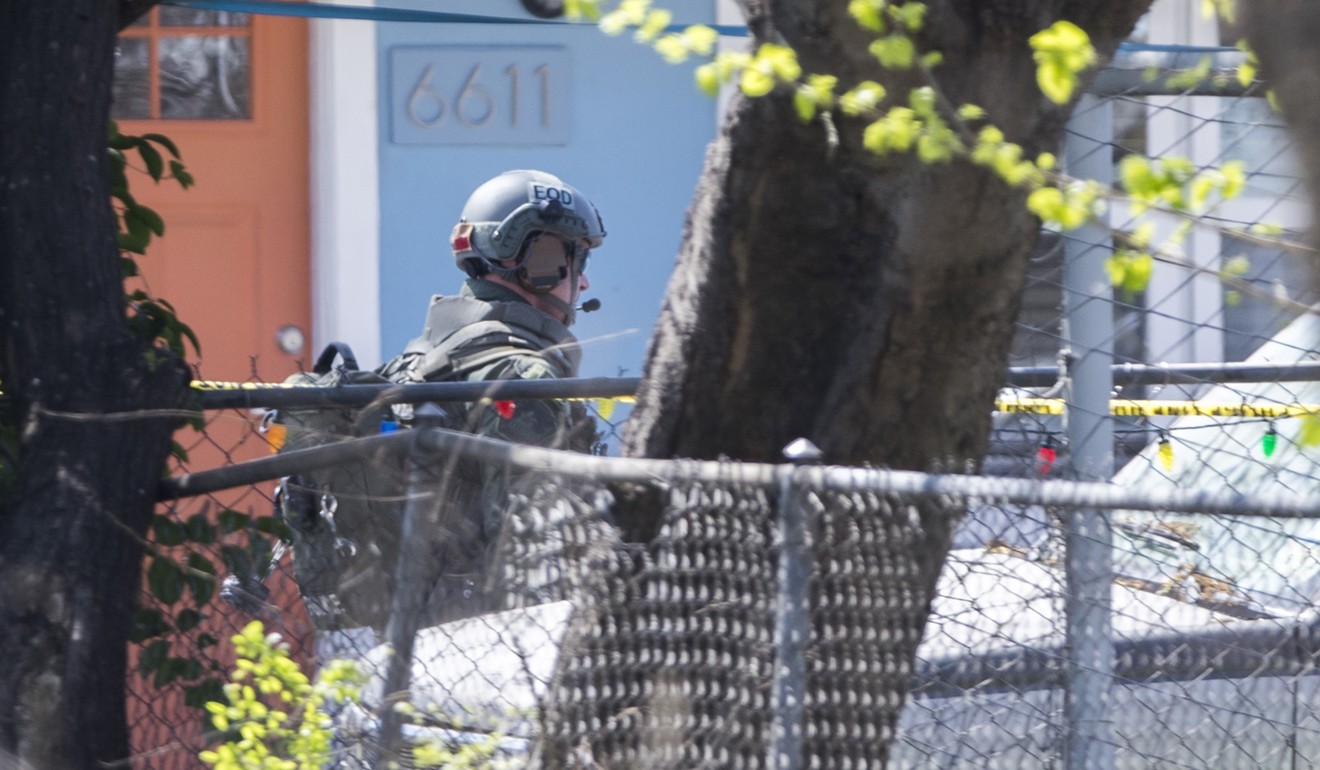
“With this tripwire, this changes things,” agreed FBI special agent Christopher Combs. “It’s more sophisticated, it’s not targeted towards individuals. We’re very concerned that with tripwires a child could be walking down a pavement and hit something.”
Manley appealed to the bomber to contact the authorities. He also asked the public to report anything suspicious.
“I will reach out to the suspect or suspects and ask that you contact us, ask that you reach out to us, communicate with us so that we can put this to an end,” Manley said. “There are innocent people getting hurt in this community and it needs to come to a stop.”
The authorities said they were increasing the reward offered for information leading to an arrest, bringing the total city and state bounty money to US$115,000.
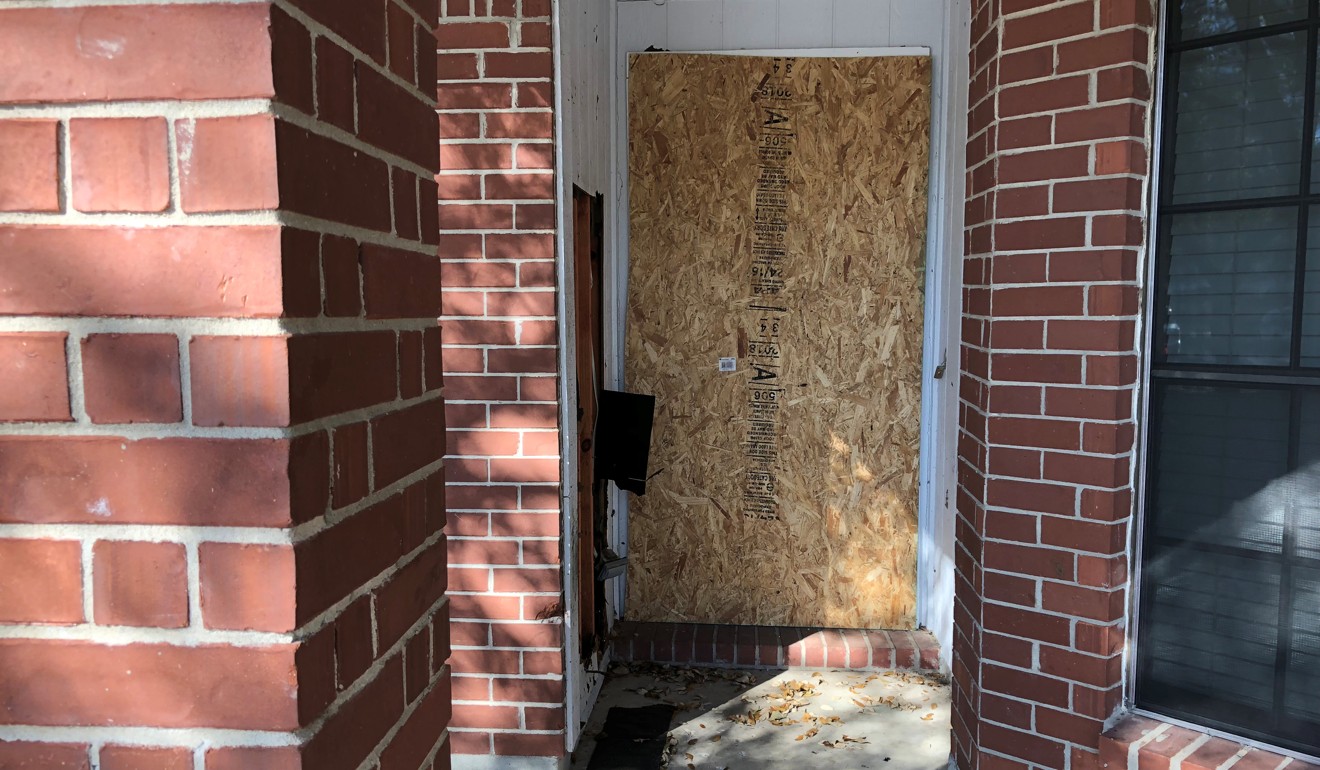
“We need every tip, every piece of information, however inconsequential you may think it is,” Manley said.
Police discovered another package at the same location that they believe is also loaded with an explosive device, San Antonio Police Chief Bill McManus told reporters.
“There was one other package that we believe was also loaded with an explosive device that they are looking at right now,” McManus told reporters in Schertz, which is about 30 km (20 miles) northeast of San Antonio.
The blast knocked a female employee off her feet and may have caused a concussion, McManus said. Federal officials on the scene said she had ringing in her ears and was treated and released.
An exploding package killed 39-year-old Anthony House on March 2. A 17-year-old African American teenager, Draylen Mason, was killed on March 12 and the Hispanic woman was critically injured the same day.
All of the cardboard packages were hand-delivered, not sent through the mail, and the bombs were built with household items available at hardware stores.
Three Democratic members of Congress called for the bombings to be classified as “terrorist attacks” and “investigated as such.”
“Also, we need to understand if these attacks are ideologically or racially motivated,” Representatives Bennie Thompson, Cedric Richmond and Sheila Jackson Lee said in a statement.
“The community impacted is now under virtual house arrest and the entire city is posed to be in a state of fear – which can easily transition into panic.”
A task force of hundreds of members of law enforcement are working the case, including criminal profilers and experts from the FBI and the Bureau of Alcohol, Tobacco and Firearms.
Austin Mayor Steve Adler said the manhunt was the “highest priority.”
“There’s an army of federal agents,” Adler said on ABC’s Good Morning America. “We have state resources. We’re going to find out who is responsible for this and we’re going to stop it.”
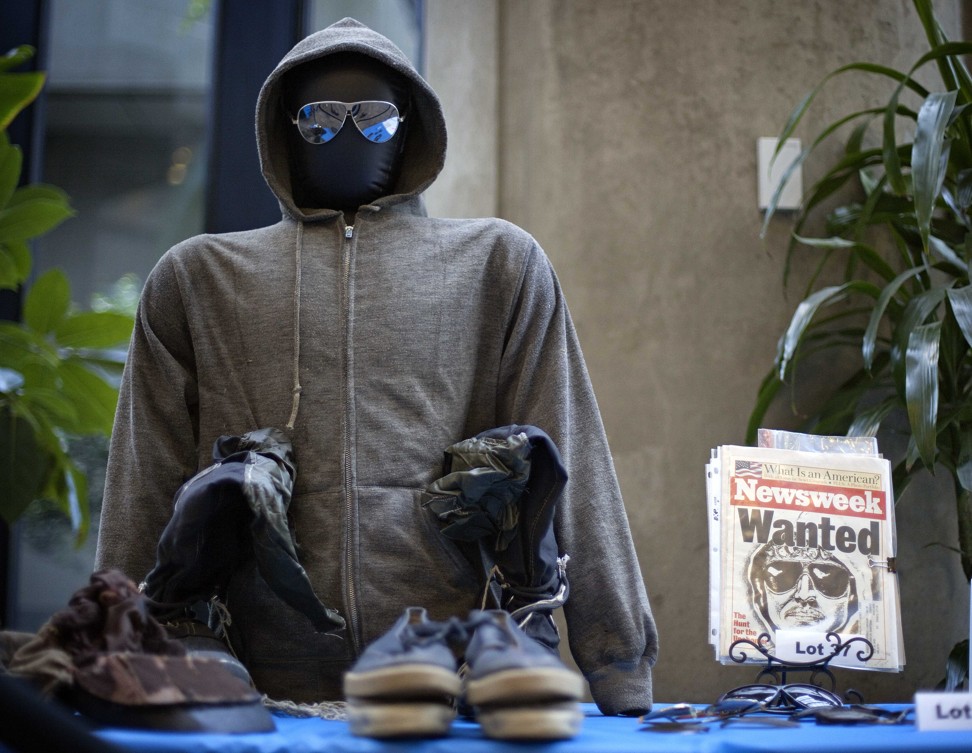
Serial bombings in the United States
● Ted Kaczynski, better known as the Unabomber, was convicted in 1998 of killing three people and injuring 23 others in a mail bomb campaign that he said was motivated by a love of nature and a hatred of modern technology.
The former mathematics professor sent the home-made bombs between 1978 and 1995. Kaczynski, who was tracked down to a cabin in Montana where he was arrested in 1996, is serving a life sentence at a federal prison.
● Eric Robert Rudolph pleaded guilty in 2005 to carrying out four bombings that killed two people and injured hundreds of others between 1996 and 1998, including one attack at the 1996 Summer Olympics in Atlanta. Rudolph was arrested after a five-year manhunt and is serving multiple life sentences. Rudolph was said to be motivated by antagonism to abortion, gays and the federal government.
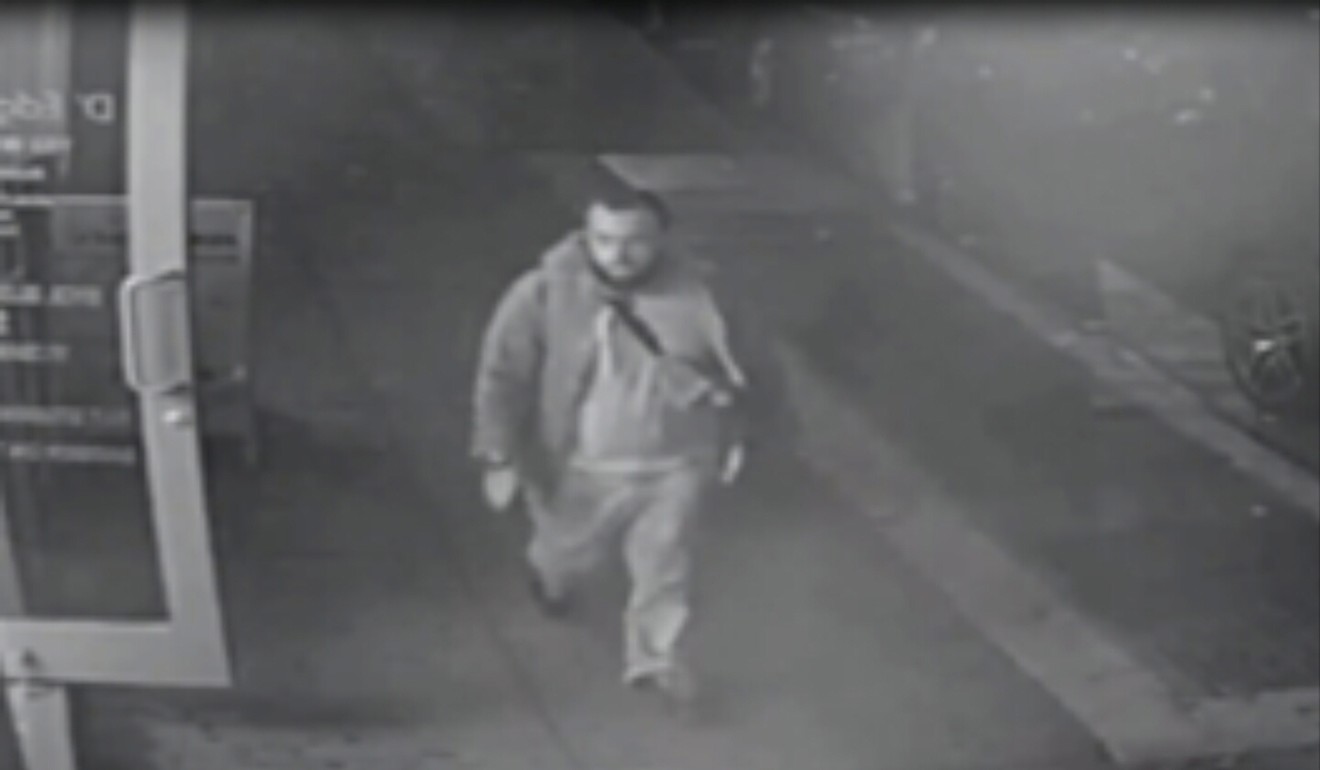
● Ahmad Khan Rahimi was convicted last year of planting two home-made bombs in Manhattan’s Chelsea neighbourhood in 2016, one of which wounded 30 people. Rahimi became known as the “Chelsea Bomber”.
Rahimi, at a court hearing this year, was sentenced to life in prison. The US citizen born in Afghanistan expressed no remorse and said at the hearing that he had been “harassed” by authorities while travelling because of his Muslim appearance.
In addition to the bombs in Manhattan, Rahimi was accused of planting a bomb on the route of a charity running race in New Jersey, which exploded without injuring anyone. He still faces separate charges in New Jersey in that case.
● The Armed Forces of National Liberation (FALN), a nationalist group that sought to secure Puerto Rican independence from the United States, was blamed for more than 100 bombings in the 1970s and 1980s.
The most deadly attack attributed to the group was a 1975 bombing at the Fraunces Tavern in New York City that killed four people and injured dozens of others. No one was ever formally charged in connection with the tavern bombing.
● The Weather Underground, which emerged in 1969 from radical left-wing and militant student protest groups opposed to the Vietnam war, carried out a campaign of violence in the 1970s that included bombing the Pentagon, the US Capitol, police facilities and banks.
In March 1970, the group planned to bomb Fort Dix Army Base in New Jersey, but the bomb exploded prematurely at a town house in Greenwich Village, New York, killing three members.
Additional reporting by Reuters

.png?itok=arIb17P0)

